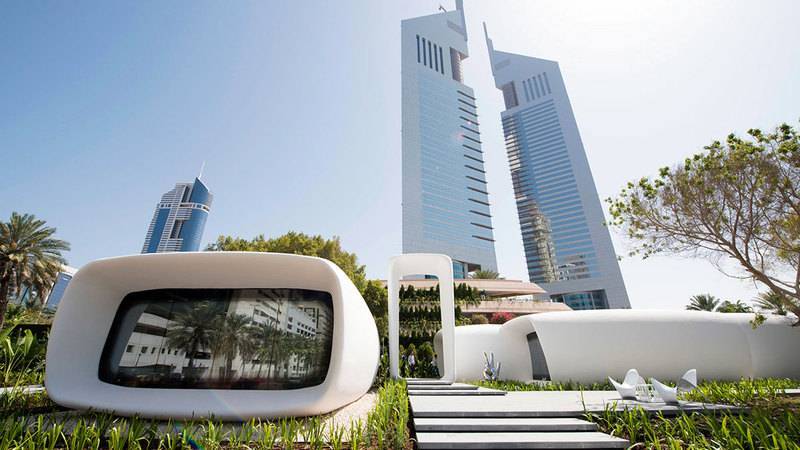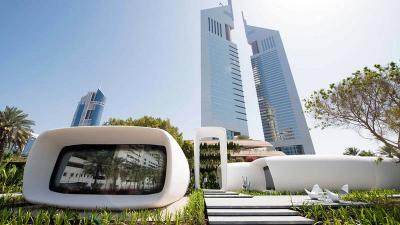The Dubai Future Foundation anticipates that the number of creative companies based primarily on various types of design, headquartered in Dubai, will double from 8,300 in 2020 to 15,000 by 2025. Additionally, the number of workers in the creative and design sectors in Dubai is expected to increase from 70,000 in 2020 to 140,000 by 2025.
Abdulaziz Al Jaziri, the Deputy CEO of the Dubai Future Foundation, informed "Emirates Today" that Dubai, and the UAE in general, has established a comprehensive system to support the development of local talents and capabilities, providing an environment that encourages cooperation, joint work, and the exchange of knowledge and experiences, while attracting the best global design practices and talents to meet market demands. He emphasized the importance of supporting specialized professional trends across various design sectors to address current and future needs.
Al Jaziri mentioned that Dubai has created extensive and advanced creative clusters, such as Dubai Internet City, Dubai Media City, Dubai Production City, Dubai Studio City, and Dubai Design District, which enabled Dubai's creative economy to contribute 2.6% to the emirate’s GDP by the end of 2020, with expectations to rise to 5% by 2025.
Furthermore, the Dubai Future Foundation recently launched a report titled "50 Designers from Dubai," highlighting several local talents working in varied design fields. The report focused on five areas: graphic design, spatial design, design management, multimedia design, and user interface design, aiming to showcase the importance of design in shaping the future and the latent potential in Dubai's design talent.
Al Jaziri stressed the importance of adopting the concept of creative design across various fields and supporting promising talents in the design sector and other creative sectors to activate their vital role and enhance their positive contributions to various national projects and initiatives aimed at enhancing Dubai’s leadership.
He pointed out that design is a driver for prosperity and economic diversity, propelling development forward. The design sector has gained increasing importance globally, as governments, organizations, and companies in many cities, regions, and countries recognize the actual value of this sector and its promising capabilities that benefit local economies.
He added that despite the pivotal role design sectors have played as a main driver of wealth growth and job provision over the centuries, there has not been a global consensus on classifying the design sector as a crucial contributor to the economy. Only in recent years has design gained growing attention worldwide, largely due to awareness from stakeholders and pioneers in the sector regarding its social and economic significance.
Al Jaziri noted that the last quarter of the 20th century witnessed significant global changes, notably economic changes associated with globalization, which led to a redefinition of economic sectors and a radical shift in competitiveness, moving from traditional military strength to economic and civilizational power. The focus has shifted from military competition to economic competition based on market mechanisms, competitiveness, and scientific and technological advancement.
He emphasized the importance of design in enriching national economies, noting that design of all kinds has become a key factor in the growth of economies during the Fourth Industrial Revolution, as it plays a fundamental role in developing and improving quality of life by providing effective creative solutions to challenges across various industries and sectors. Modern design is responsible for shaping real, virtual, and future environments in the form of products, services, knowledge, and sciences.
Al Jaziri indicated that emerging technologies and modern sciences are often the main drivers for decision-making related to national development strategies. However, regardless of their complexity, technologies can only provide immediate knowledge. Modern creative design is the capability that can develop future products and services, as the future cannot be envisioned solely through scientific research; the only way to conceptualize it is through imaginative design that visualizes future scenarios and devises creative solutions even before they come to fruition in reality.




